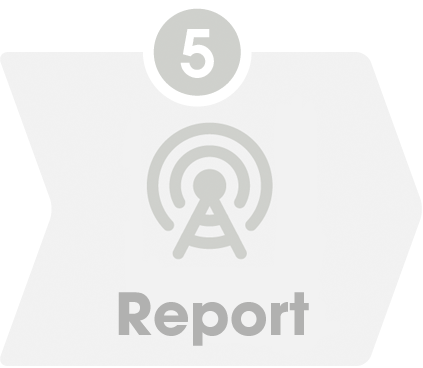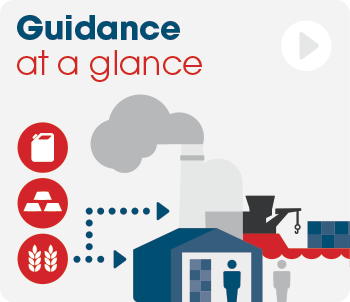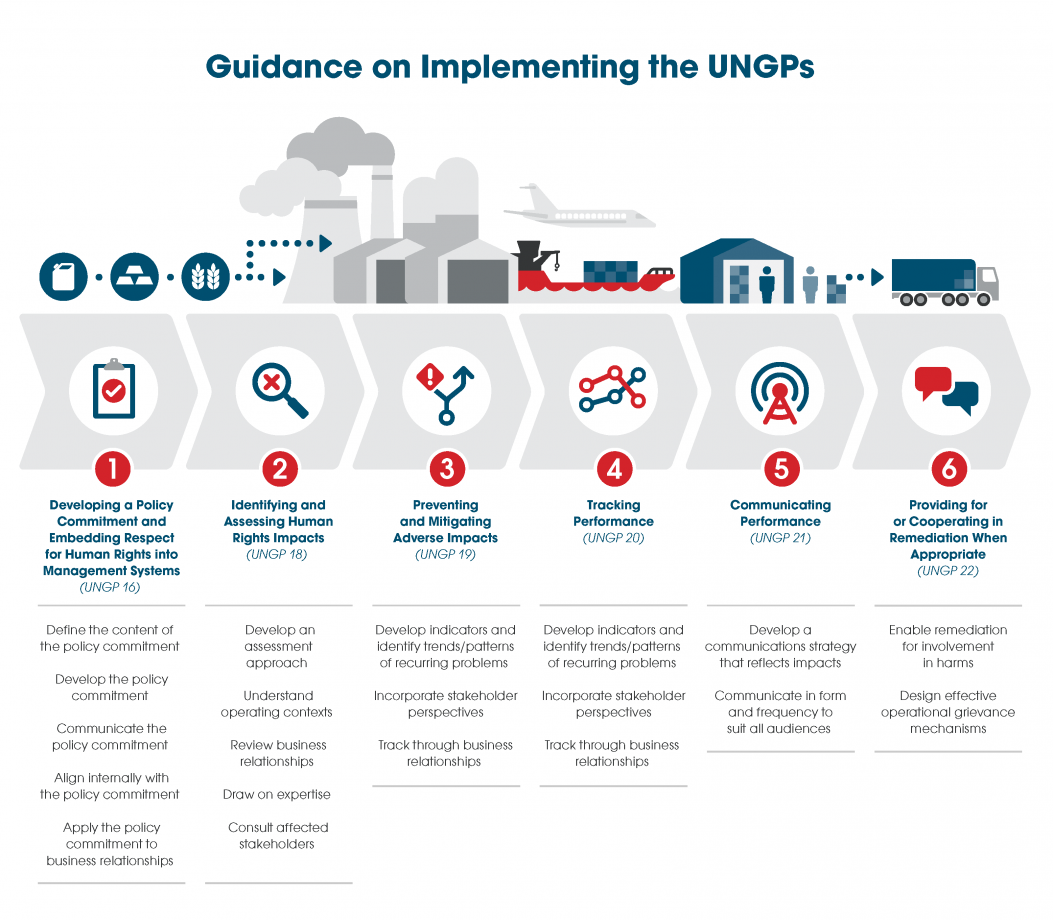Key Actions
ii. Understand operating contexts
The process of buying, transporting, storing, transforming and/or selling physical commodities, as well as managing assets, often involves engaging in business relationships in a wide range of operating contexts. From a human rights perspective, locations experiencing high levels of poverty and marginalisation of groups within society must constitute one important contextual consideration. Others would include appearing on international sanctions lists, areas experiencing political instability, corruption, lack of State respect for rule of law and access to remedy, and systematic disregard for international standards, such as those on worker rights or child labour.
When operating in high-risk contexts, the responsibility to respect human rights does not change and higher attention, efforts and resources are needed at every step, whether a company is sourcing commodities or is involved in operations. The box below provides a definition of conflict affected and high-risk areas:
Definition Conflict Affected and High-Risk Areas
The OECD Due Diligence Guidance for Responsible Supply Chains of Minerals from Conflict-Affected and High-Risk Areas (p13) provides the following definitions:
Conflict areas are identified by the presence of armed conflict, widespread violence, including violence generated by criminal networks, or other risks of serious and widespread harm to people. Armed conflict may take a variety of forms, such as a conflict of international or non-international character, which may involve two or more states, or may consist of wars of liberation, or insurgencies, civil wars.
High-risk areas may include areas of political instability or repression, institutional weakness, insecurity, collapse of civil infrastructure and widespread violence. Such areas are often characterised by widespread human rights abuses violence and violations of national or international law.
When identifying high-risk contexts in particular, traders should rely on human rights data and maps (some freely available online) developed by specialised providers. See for example the Human Rights and Business Country Guide hosted by the Danish Institute for Human Rights. The Universal Human Rights Index Database provides access to country-specific human rights information based on reports from UN human rights mechanisms. See also the ILO reports on the application of conventions and recommendations.
Red Flags and Enhanced Due Diligence
Traders should seek to have systems in place to detect anomalies or unusual circumstances in the extraction, transportation or trade of commodities (red flags) which trigger immediate due diligence. The OECD Due Diligence Guidance for Responsible Supply Chains of Minerals from Conflict-Affected and High-Risk Areas (p33) has provided the following examples of red flags with respect to mineral origins/transit and suppliers:
- The country of origin for the minerals is one where there is limited knowledge of reserves or the expected production levels of the mineral in question;
- The minerals originate from or have been transported via a conflict-affected or high-risk area;
- The minerals may originate from a country in which minerals from conflict-affected or high-risk areas are known to transit;
- The company’s suppliers or other upstream entities have majority shareholder or controlling interests in companies that supply the same minerals in question from or operate in one of the above-mentioned red flag locations;
- The company’s suppliers or other upstream entities are known to have sourced the same minerals from the above-mentioned red flag locations in the last 12 months.
See the London Metal Exchange “LME Responsible Sourcing: Supplier Red Flags” guidance.















